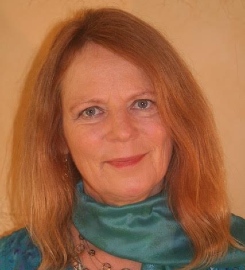Hakomi is a therapeutic method but it is also more than just a therapy. As self-study, it is a natural part of the universal human endeavor to understand ourselves, to free ourselves from the inevitable suffering caused by the ignorance of who we are and how the world hangs together.
– Ron Kutz
Hakomi is a Hopi Indian word which means “Who am I in relation to these many realms?” In more modern words this would mean “Who am I?” In Hakomi therapy we work to discover deeply held and often limiting unconscious beliefs. Hakomi is a gentle yet powerful method of assisted self-study, discovery and emotional healing. We include the signals of our body as a reflection of our unconscious and past. Many of the issues revealing themselves throughout the therapy may be related to our growing up.
The truth about our childhood is stored up in our body and although we can repress it, we can never alter it.
Our intellect can be deceived, our feelings manipulated, our perceptions confused, and our body tricked with medication. But some day the body will present its bill.
– Alice Miller
Based on a trust that everyone has the inner wisdom and power for self-healing, the Hakomi method of psychotherapy is based upon the five principles of mindfulness, nonviolence, organicity, unity, body-mind-spirit-holism and loving presence.
How does Hakomi Work
Hakomi explores how our mind and body express and reflect unconscious and deeply held beliefs about ourself and the outside world. A Hakomi session usually begins by taking a moment to breathe and settle into a more mindful, aware state. The therapeutic process includes talking while interweaving mindfulness and body awareness. The therapist encourages the client to explore body reactions to topics and things that have come up in conversation. There may be tension in the neck or shoulders, contraction in the stomach, a pain in the heart or maybe nothing at all. Whatever comes up is precious information that leads the client closer to their truth. Because the method is based on mindfulness as a direct route to the unconscious, it is faster than other methods. It works directly with nonverbal expressions and does not rely on conversation, analysis or explanation. Mindfulness applied in present experience allows the client to gently search to find the basic images, memories, and beliefs which shape their experience. This provides a pathway, invites and allows fuller self-understanding and ultimately paves the way for meaningful change and greater freedom and effectiveness for life. Usually every session brings about a significant new truth.
Article posted 17 July 2018

Henriette Politano
Henriette is a counsellor and psychotherapist with a private practice in Nelson.


